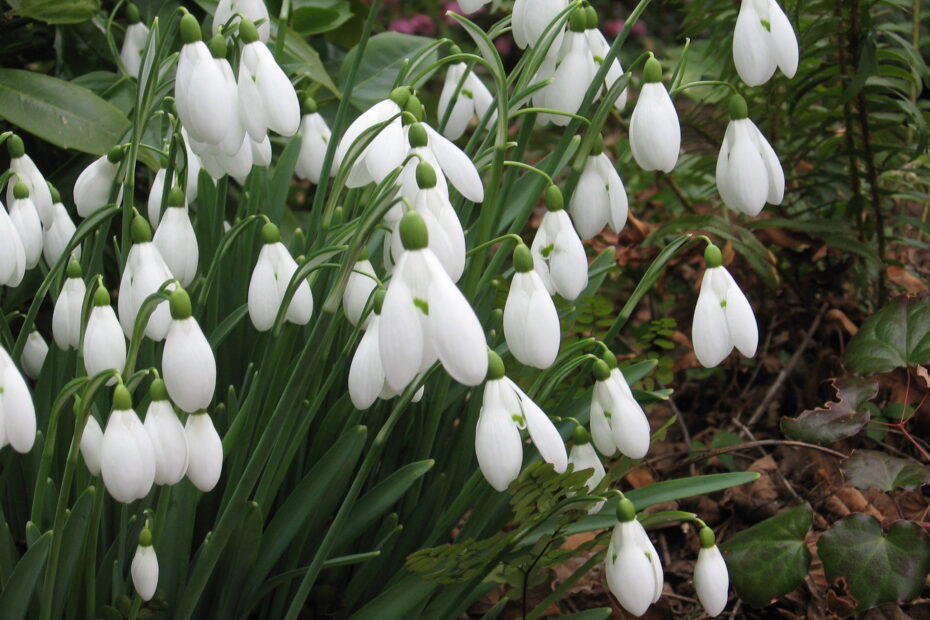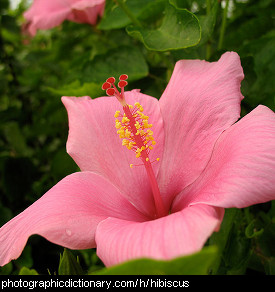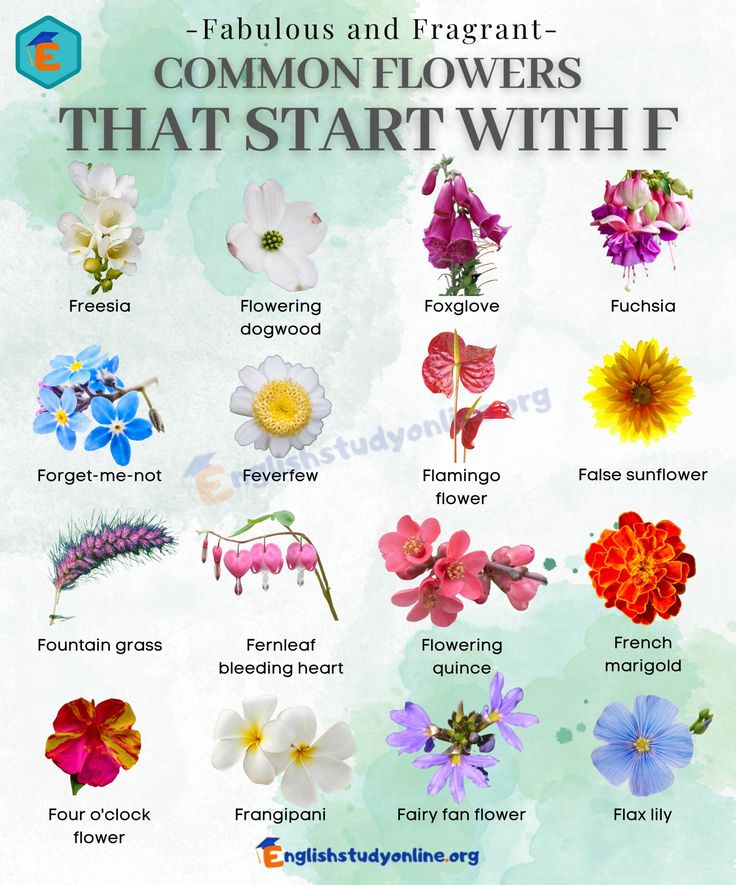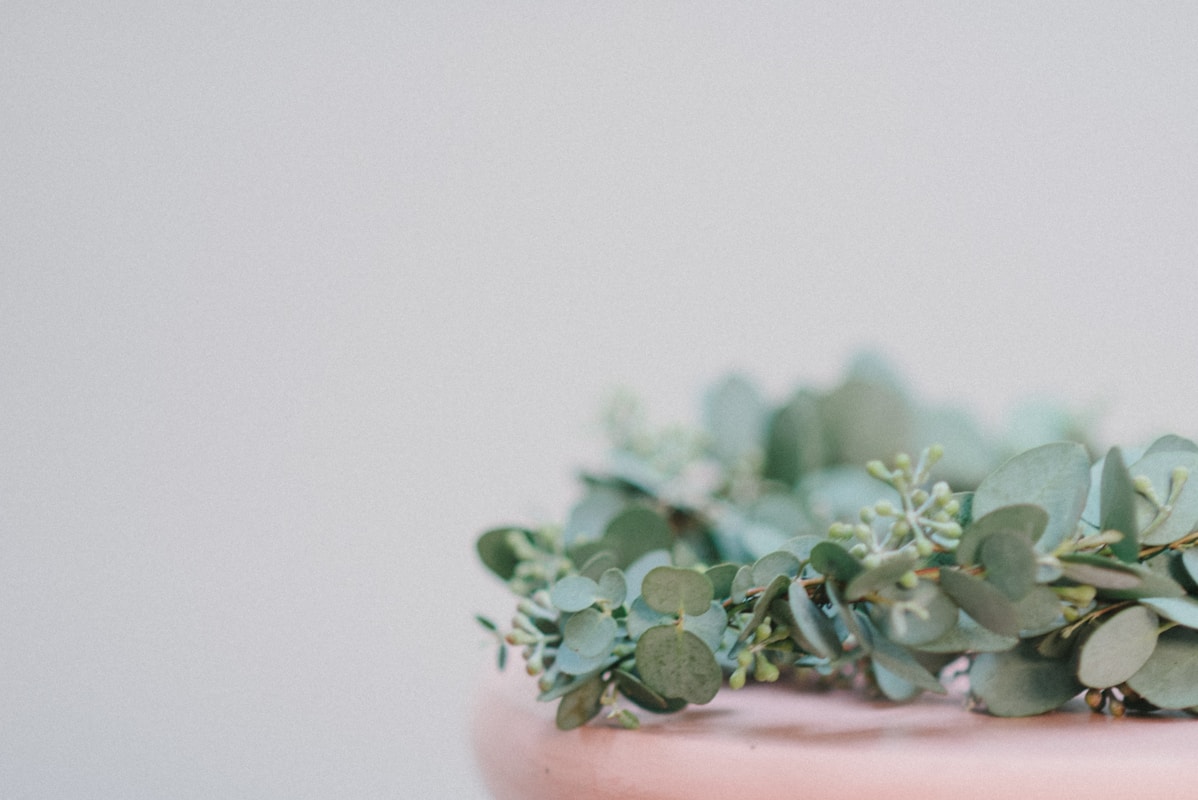Exploring plants that start with the letter “G” reveals a diverse array of species, each offering unique beauty, functionality, and characteristics. From ornamental flowers to hardy shrubs and edible crops, these plants cater to a variety of gardening and landscaping needs. This guide delves into popular “G” plants, providing insights into their features, cultivation, and growing conditions.
Gaillardia (Blanket Flower)
Gaillardia, commonly known as Blanket Flower, is a vibrant perennial native to North and South America. Renowned for its daisy-like blooms in shades of red, orange, and yellow, Gaillardia adds a splash of color to gardens from late spring through fall. These drought-tolerant plants thrive in full sun and well-draining soil, making them ideal for xeriscaping and attracting pollinators like butterflies.
Gardenia
Gardenia jasminoides, or simply Gardenia, is cherished for its fragrant white flowers and glossy evergreen leaves. Native to Asia, Gardenias prefer acidic, well-draining soil and thrive in partial shade. They are popular in warm temperate and subtropical gardens and can also be grown indoors in cooler climates. Regular watering and protection from frost are essential for healthy growth.
Geranium
Geranium species, often referred to as Cranesbills, are hardy perennials known for their attractive foliage and five-petaled flowers in colors ranging from pink to blue. They are versatile, thriving in various conditions from full sun to partial shade, and prefer well-draining soil. Geraniums are valued for their long blooming period and low maintenance, making them ideal for ground cover and borders.
Gazania
Gazania, commonly known as Treasure Flower, is native to Southern Africa and is celebrated for its large, daisy-like flowers in brilliant shades of yellow and orange. These sun-loving plants are drought-tolerant and prefer well-draining soil, making them suitable for rock gardens and coastal landscapes. Gazania blooms from late spring through autumn, adding vibrant color to gardens.
Gaura
Gaura lindheimeri, known as Whirling Butterflies, features delicate, butterfly-like white to pink flowers that sway gracefully in the breeze. This perennial thrives in full sun and well-draining soil, tolerating drought conditions once established. Gaura adds a whimsical touch to gardens and is excellent for borders and wildflower meadows.
Gladiolus
Gladiolus species, commonly called Sword Lilies, are known for their tall spikes of vibrant flowers in a spectrum of colors. These perennials prefer full sun and well-draining soil. Planting corms in succession every two weeks from spring to early summer can provide continuous blooms throughout the season. Gladiolus flowers are popular in floral arrangements due to their striking appearance.
Goldenrod
Solidago, commonly known as Goldenrod, is a hardy perennial native to North America. It produces bright yellow flower plumes from late summer to fall, attracting pollinators like bees and butterflies. Goldenrod thrives in full sun and adapts to various soil types, often used in naturalized landscapes and meadows.
Globe Thistle
Echinops, or Globe Thistle, features spherical blue or white flower heads that add architectural interest to gardens. This perennial prefers full sun and well-draining soil, tolerating drought conditions. Globe Thistle is deer-resistant and attracts pollinators, making it a valuable addition to wildlife-friendly gardens.
Grevillea
Grevillea species are evergreen shrubs native to Australia, known for their unique, spider-like flowers in colors ranging from red to orange. They thrive in full sun and well-draining, slightly acidic soil. Grevilleas are drought-tolerant and attract birds, making them excellent for xeriscaping and wildlife gardens.
Gypsophila (Baby’s Breath)
Gypsophila, commonly known as Baby’s Breath, is renowned for its delicate, airy clusters of tiny white or pink flowers. Often used in floral arrangements, this perennial prefers full sun and well-draining, alkaline soil. Gypsophila adds a soft, cloud-like effect to gardens and is ideal for borders and rock gardens.
Ginkgo Biloba
Ginkgo biloba, often called the Maidenhair Tree, is a unique deciduous tree known for its fan-shaped leaves and remarkable resistance to pollution and pests. Native to China, it thrives in full sun and well-draining soil. This ancient species is often planted in urban areas due to its durability and stunning golden-yellow fall foliage.
Gooseberry
Ribes uva-crispa, or Gooseberry, is a small fruiting shrub producing tart berries that are often used in desserts, jams, and sauces. Gooseberries prefer well-draining, fertile soil and partial to full sunlight. They are relatively easy to grow and are a favorite among gardeners looking for edible landscaping options.
Guava
Psidium guajava, commonly known as Guava, is a tropical fruit tree that thrives in warm climates. It produces sweet, fragrant fruits rich in vitamin C. Guava trees prefer full sun and well-draining soil, making them a great choice for home orchards in tropical and subtropical regions.
Giant Sequoia
Sequoiadendron giganteum, or Giant Sequoia, is one of the largest tree species on Earth. Native to California’s Sierra Nevada mountains, these trees are renowned for their massive size and longevity. They thrive in deep, well-draining soil and require full sunlight. Often grown as ornamental trees in spacious landscapes, they add grandeur and history.
Globe Amaranth
Gomphrena globosa, commonly known as Globe Amaranth, is an annual plant featuring clover-like flowers in shades of pink, purple, and white. It thrives in full sun and tolerates heat, making it perfect for summer gardens. These flowers are long-lasting and often used in dried floral arrangements.
Garlic
Allium sativum, or Garlic, is a versatile bulbous plant widely grown for its culinary and medicinal uses. Garlic thrives in well-draining soil and full sun. It’s an easy-to-grow crop that also serves as a natural pest repellent in gardens.
Ginger
Zingiber officinale, commonly called Ginger, is a tropical plant cultivated for its aromatic rhizomes used in cooking and herbal remedies. It grows best in warm, humid climates with partial shade and rich, moist soil. Ginger adds both utility and aesthetic appeal to tropical and subtropical gardens.
Green Beans
Phaseolus vulgaris, or Green Beans, are fast-growing vegetable plants that produce tender pods ideal for cooking. They thrive in full sun with rich, well-draining soil. Green beans are a staple in vegetable gardens due to their ease of cultivation and high yield.
Goat’s Beard
Aruncus dioicus, commonly known as Goat’s Beard, is a perennial with feathery white flowers that resemble astilbes. It prefers partial shade and moist, fertile soil, making it ideal for woodland gardens or shaded borders.
Goldenseal
Hydrastis canadensis, or Goldenseal, is a medicinal herb native to North America. Known for its yellow roots, it thrives in shaded areas with rich, moist soil. Goldenseal is commonly used in traditional medicine for its antimicrobial properties.
Greenovia
Greenovia is a genus of succulent plants native to the Canary Islands. Known for their rosette-like structure resembling roses, these plants thrive in arid climates with well-draining soil. They are a favorite among succulent enthusiasts for their unique appearance.
Golden Pothos
Epipremnum aureum, or Golden Pothos, is a popular houseplant known for its heart-shaped leaves with yellow variegation. This hardy plant is easy to care for and thrives in a variety of conditions, from low light to bright, indirect sunlight.
Globe Mallow
Sphaeralcea ambigua, commonly called Globe Mallow, is a desert perennial native to the southwestern United States. Its vibrant orange flowers attract pollinators, and it thrives in arid conditions with full sun and sandy soil.
Gum Tree
Eucalyptus species, often referred to as Gum Trees, are fast-growing evergreens native to Australia. Known for their aromatic leaves and smooth bark, these trees are widely used in landscaping and for essential oil production. They require full sun and well-draining soil.
Incorporating plants that start with “G” into your garden can provide a diverse array of colors, textures, and practical benefits. From stunning flowers to edible fruits and medicinal herbs, these plants cater to a variety of needs and preferences. With proper care and understanding of their growing requirements, they can thrive and enhance any landscape.



